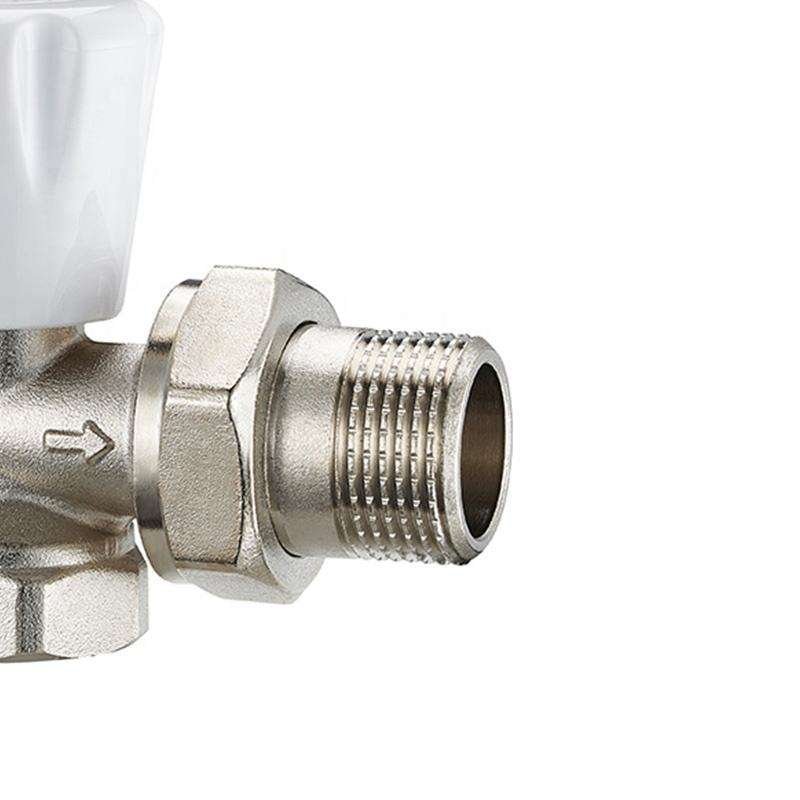Feeling chilly because your steam radiator isn’t heating up? It’s frustrating when your home stays cold, especially during winter, and it could mean costly repairs or wasted energy if ignored. Don’t worry—there’s a fix! This article dives into why your radiator’s failing and how simple solutions, like checking your valves, can warm things up fast. Keep reading!
If your steam radiator isn’t getting hot, it’s likely due to a faulty steam control valve, trapped air, or a clogged pipe. A bad valve stops steam from flowing properly, while air pockets block heat. Bleeding the radiator or replacing the valve often solves it quick.
Curious why this happens and how to fix it? Stick around—we’re breaking it down step-by-step so you can get cozy again!

What Does a Steam Control Valve Do?
A steam control valve is like the gatekeeper for your radiator. It controls how much steam gets in, which decides how hot your room gets. If it’s working right, steam flows smoothly from your boiler to the radiator, warming up your space nice and even. But if it’s stuck or broken, no steam means no heat—it’s that simple. At IVALVECRAFT, our thermostatic radiator valves (think Honeywell-level quality) keep that flow steady and reliable. Want to know how to use a thermostatic radiator valve? Just twist it to set your temp—it’s easy! For one-pipe steam thermostatic radiator valves, they’re champs at balancing pressure and heat. A good valve saves energy and keeps your home comfy, so don’t skimp on quality here.
How Much Does It Cost to Replace a Steam Radiator Valve?
Let’s talk money—replacing a steam radiator valve isn’t cheap, but it’s not a bank-breaker either. Costs usually run between $50 and $150 for the valve itself, depending on the type, like a thermostatic radiator valve from IVALVECRAFT. Add in labor, and you’re looking at $150 to $300 total, depending on where you are—Russia, Poland, or the UK, prices shift a bit. Thermostatic radiator valve installation might cost more if pipes need tweaking, but it’s worth it for stable heat. DIY it? You’ll save on labor, but only if you’re handy. Antonio, our typical customer, loves our valves because they’re high-quality yet priced right for his wholesale business. Check trade shows or Alibaba for deals—IVALVECRAFT’s got you covered.
What Are the Two Valves on a Radiator For?
Ever wondered about those two valves on your radiator? They’re your heat’s best friends! One’s the steam inlet valve—usually a thermostatic radiator valve—letting steam in and controlling how much. Twist it to adjust your room’s warmth; it’s that easy (thermostatic radiator valve how to use!). The other’s the air vent or bleed valve. It lets trapped air escape so steam can fill the radiator properly. If air’s stuck, no heat—simple as that. For thermostatic radiator valve installation, both need to work together. Our IVALVECRAFT valves, exported to Germany and Romania, ensure stable pressure and flow. Antonio checks these when quality’s his focus—unstable performance isn’t an option for his Russian customers.
Wrapping It Up
So, why isn’t your steam radiator getting hot? Could be a busted valve, trapped air, or a setup issue. We’ve covered how steam control valves manage heat, what replacing one costs (not too bad!), and why those two valves matter. With IVALVECRAFT’s brass thermostatic radiator valves, you get quality that lasts—perfect for wholesalers like Antonio or big buyers in the UK and Czech Republic. Say goodbye to cold nights and hello to steady warmth.
Choose IVALVECRAFT, choose reliable partner, enjoy the high quality and best service.


